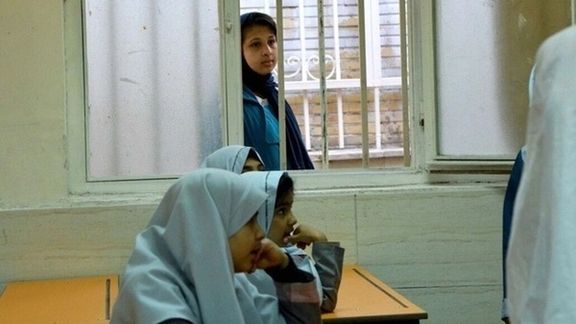School Dropout At Highest Level In Iran In 15 Years

Iran is facing a surge in school dropout rates, reaching the highest level seen in the past fifteen years, as many families can no longer afford to keep children in education.

Iran is facing a surge in school dropout rates, reaching the highest level seen in the past fifteen years, as many families can no longer afford to keep children in education.
Despite increased dropout rates, including during the challenging times of the COVID-19 pandemic, where some students faced barriers due to limited access to communication tools and the internet, the dropout rate has continued to climb.
Economists attribute the increase to the parallel rise in poverty rates across the country. The worsening poverty situation has left many Iranian families struggling to meet their basic needs, directly impacting their children's ability to access and remain in education.
The Statistical Center of Iran released data in October 2023, revealing that at least 556,000 young Iranians were forced to abandon their education before reaching high school due to factors primarily linked to poverty and deprivation.
Furthermore, inflation trends paint a grim picture of economic stability, with inflation rates soaring over recent years. Inflation, which stood at around 10% in 2016 and 2017, skyrocketed to over 27% in 2018, and continued its upward trajectory, reaching 35% in 2019 and exceeding 36% in 2020.
The situation worsened in 2021, with inflation breaching the 46% threshold, a trend that persisted into 2022.
The diminishing value of education in terms of income generation has further exacerbated the situation, leading to a decline in students' motivation to pursue higher education.